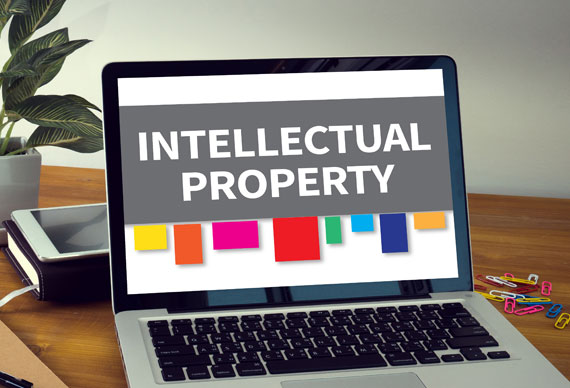Metaverse vs Reality: Intellectual Property Rights
Despite the law often falling behind the fast-paced nature of the digital world, current legislative framework around intellectual property protection has been implemented to provide protection in the metaverse.
The metaverse is a virtual space that mimics reality, allowing access through technologies such as virtual reality, augmented reality and artificial intelligence. In contrast to the internet where browsers are considered an ‘observer’, the metaverse is a place where people can ‘live’ and be a part of a virtual space surrounding them.
A core benefit of this is the ability for users to interact and connect with anyone, from anywhere and in any kind of manner – such as from the comfort of one’s home to conduct gaming, exploring, shopping, and collaborating.
Within these activities, the metaverse allows the purchasing of virtual goods such as:
- clothing and accessory items that mimic real life items;
- tickets to attend virtual seminars, concerts and sporting events;
- non-fungible token (NFT) creations such as artworks;
- tickets to travel and dine at virtual replicas of real life locations or new fabricated ones;
- virtual real estate;
- cryptocurrencies; and
- attending virtual education.
With transactions taking place within the metaverse, the metaverse lends itself to similar legal considerations that require governance (similar to the real world). This includes issues to do with privacy, defamation, anti-competition and intellectual property.
In the real world, intellectual property protection is afforded through trade marks, designs, patents and the subsistence of copyright.
However, the metaverse is yet to be entirely excluded or encompassed by these intellectual property rights. Meaning that brand owners, and individuals creating new content in the metaverse capable of being protected as intellectual property, are needing to consider and take appropriate protection of their brand in this new and growing digital medium.
Despite the law often falling behind the fast-paced nature of the digital world, current legislative framework around intellectual property protection has been implemented to provide protection in the metaverse, such as the addition of the following trade mark descriptions within the Nice classification groups:
- downloadable virtual goods, namely computer programs (class 9);
- retail store services featuring virtual goods (class 35);
- entertainment services (class 35);
- on-line non downloadable virtual goods and NFT’s (class 42); and
- financial services, including digital tokens (class 36).
Whilst these descriptions provide protection of metaverse items in the real world, they are yet to undergo scrutiny in activity protecting the intellectual property rights in the metaverse. However, they offer a road map of potential ways to trade mark virtual goods within the current legislative framework afforded to companies.
If you would like more information or advice in relation to intellectual property law, contact the Matthews Folbigg Intellectual Property Group

